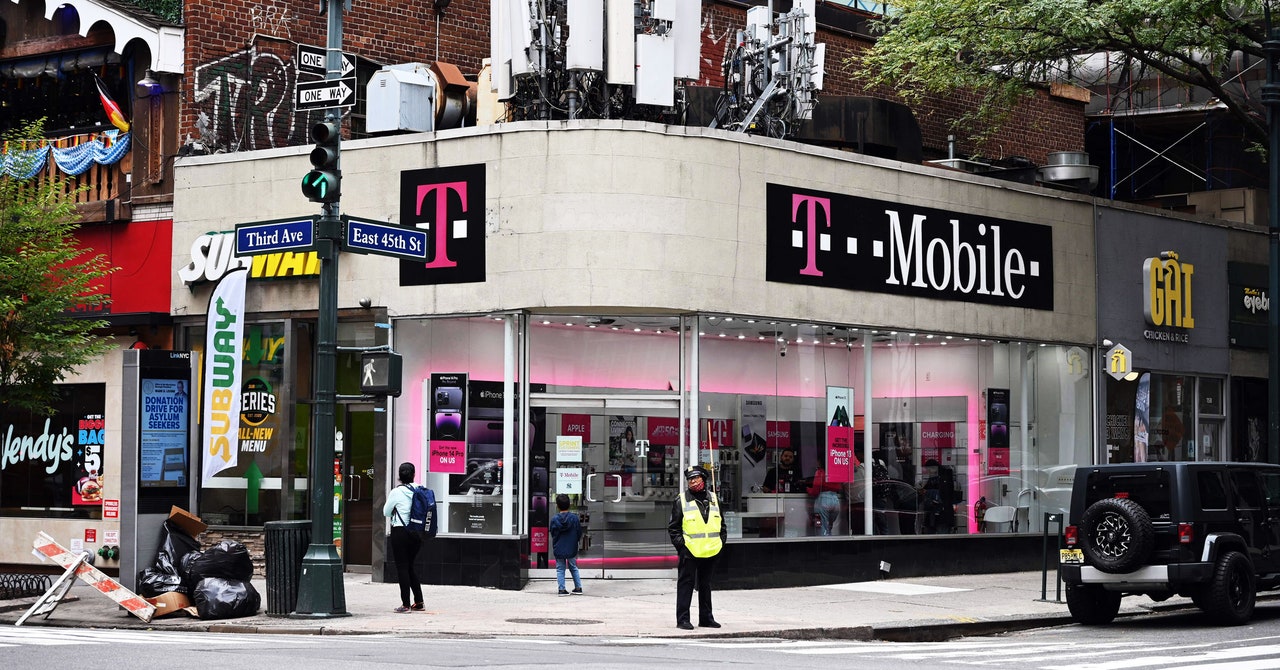DEF CON Generative AI Hacking Challenge Explored Cutting Edge of Security Vulnerabilities
Data from the human vs. machine challenge could provide a framework for government and enterprise policies around generative AI.

OpenAI, Google, Meta and more companies put their large language models to the test on the weekend of August 12 at the DEF CON hacker conference in Las Vegas. The result is a new corpus of information shared with the White House Office of Science and Technology Policy and the Congressional AI Caucus. The Generative Red Team Challenge organized by AI Village, SeedAI and Humane Intelligence gives a clearer picture than ever before of how generative AI can be misused and what methods might need to be put in place to secure it.
Jump to:
Generative Red Team Challenge could influence AI security policy
The Generative Red Team Challenge asked hackers to force generative AI to do exactly what it isn’t supposed to do: provide personal or dangerous information. Challenges included finding credit card information and learning how to stalk someone. The AI Village team is still working on analyzing the data that came from the event and expects to present it next month.
This challenge is the largest event of its kind and one that will allow many students to get in on the ground floor of cutting-edge hacking. It could also have a direct impact on the White House’s Office of Science and Technology Policy, with office director Arati Prabhakar working on bringing an executive order to the table based on the event’s results.
Organizers expected more than 3,000 people would participate, with each taking a 50-minute slot to try to hack a large language model chosen at random from a pre-established selection. The large language models being put to the test were built by Anthropic, Cohere, Google, Hugging Face, Meta, NVIDIA, OpenAI and Stability. Scale AI developed a scoring system.
“The diverse issues with these models will not be resolved until more people know how to red team and assess them,” said Sven Cattell, the founder of AI Village, in a press release. “Bug bounties, live hacking events and other standard community engagements in security can be modified for machine learning model-based systems.”
SEE: At Black…


